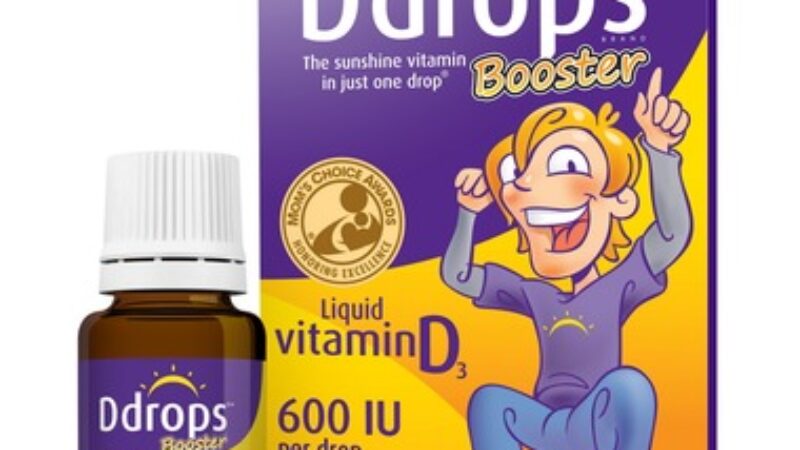Keratosis pilaris, often referred to as KP, is a skin condition that appears as rough patches or small acne-like bumps. The bumps and patches tend to be painless and although not serious, they can appear red and inflamed and even cause itchiness.
Keratosis pilaris is generally found on the upper arms, thighs or buttocks. It can also appear on the face where it resembles acne. While common in children, it can occur at any age. It’s often referred to as chicken skin because of the small rough bumps it presents with. There are several different types of KP including keratosis pilaris rubra (red, inflamed bumps), alba (rough, bumpy skin with no irritation) and rubra faciei (reddish rash on the cheeks).
What Causes Keratosis Pilaris?
KP occurs when the human body produces excess keratin, a natural and hard protein designed to protect the skin from harmful substances and infection. The excess keratin forms a scaly plug that surrounds and traps hair follicles in the pore. This results in the formation of many plugs (often referred to as hyperkeratinization) giving rise to patches of rough, bumpy skin that look like sandpaper or chicken skin.
Why keratin builds up is unknown. It may occur in association with genetic diseases or with other skin conditions, such as ichthyosis vulgaris or atopic dermatitis. And, healthy individuals are also susceptible. Dry skin tends to worsen keratosis pilaris as it tends to be more severe in the winter or when the humidity is low. It will often resolve on its own without treatment.
Keratosis Pilaris Treatment
While there is no cure for Keratosis pilaris, several treatment options are available. One option is to use a loofa to remove the dead, dry skin sitting on the skin’s surface. Another option is to use creams or lotions that can exfoliate skin to help loosen the plug. Effective treatments include ingredients such as:
- Alpha hydroxy acids which include mandelic acid, glycolic acid and lactic acid to help reduce roughness and soften keratin plugs. Consider products like Lac-Hydrin, M2 Skin Care or Neostrata Body Smoothing Lotion.
- Urea, to moisturize and soften dry, rough skin. Urea can also help to loosen and remove dead skin cells. Consider products like La Roche Posay Iso Urea.
- Topical retinoids. Derived from vitamin A, retinoids work by increasing cell turnover and preventing the plugging of the hair follicle. While effective, retinoids can be irritating so start slowly and watch for side effects. Choose from over the counter retinols (as in Green Cream) or prescription only retinoic acid preparations (Retin-A) or new Aqualant. Formulated with retinol, antioxidants and emollients, Aqualant not only soothes dry skin, it improves skin tone and texture and also fights against free radical damage.
Because dry skin can exacerbate keratosis pilaris, follow self-help measures to manage dry skin. It can take months or even years to resolve the condition. And unfortunately, KP is likely to recur even after resolved. For this reason treatments should be continued on a regular basis.



